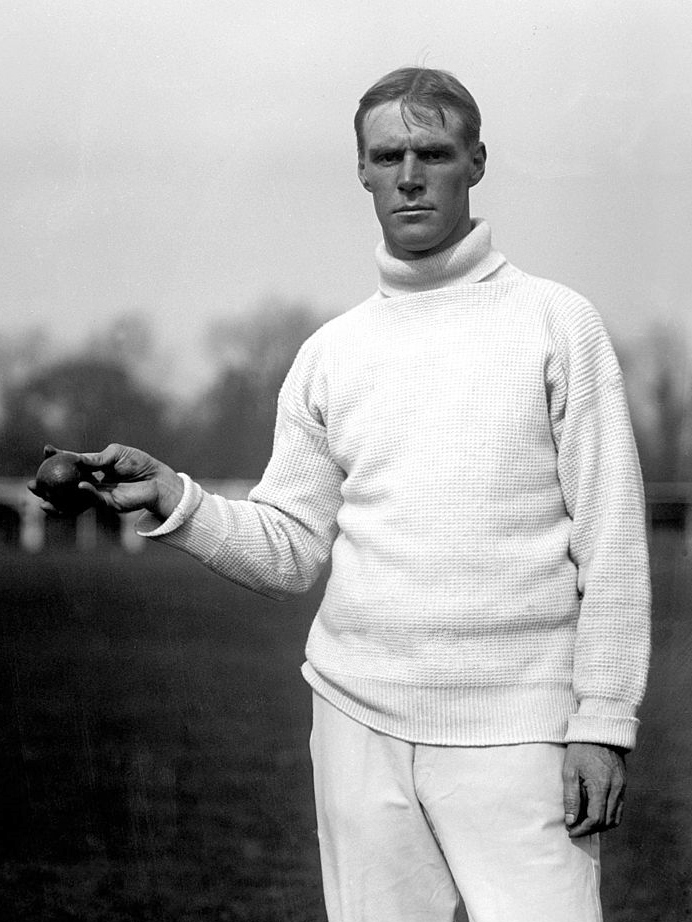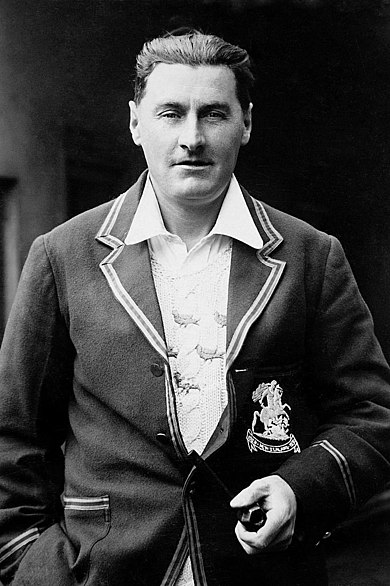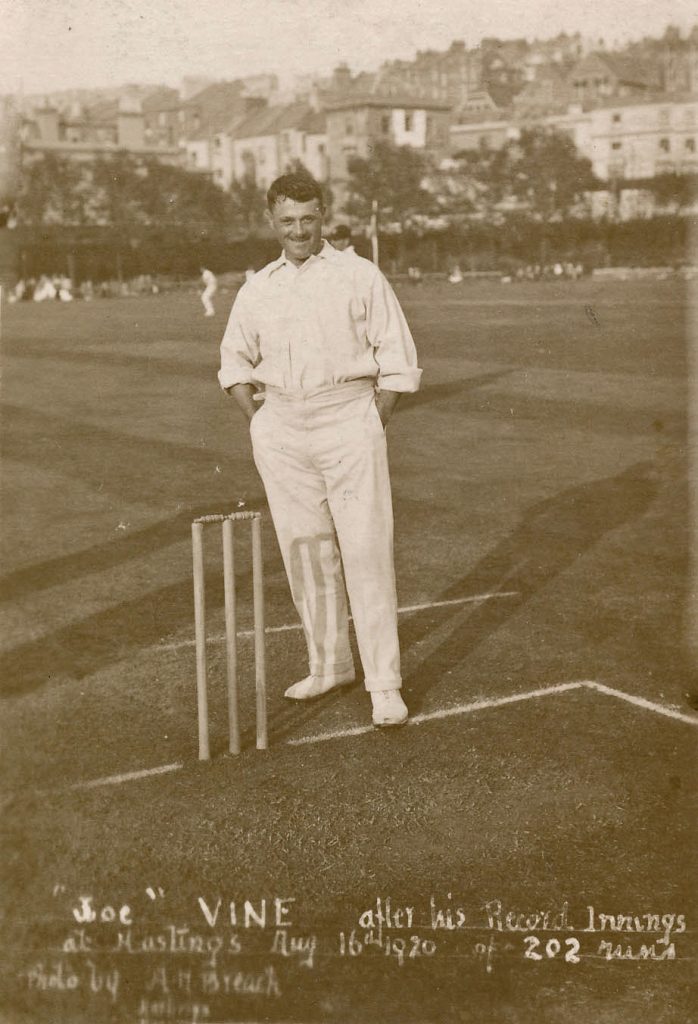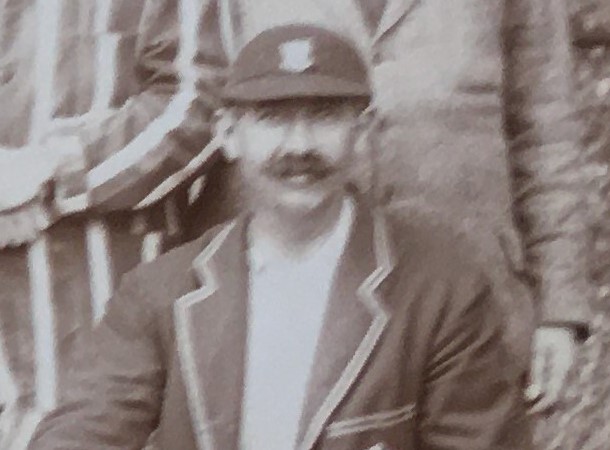Their Home was a Dungeon
Until 1963 the game of cricket very much reflected the class basis of English society, with County teams made up of Gentlemen or Players. The Gentlemen were amateurs from the upper echelons of society who played the game for fun and received expenses from their clubs whilst the Players were professionals, receiving a wage and usually from the working classes. Gentlemen and Players had their separate changing rooms and entered the field of play separately.
At Sussex, the Players’ changing room was in a building south of the main pavilion, now used as offices. When used as the Players’ changing room it was like a dungeon, being cold, damp and lying partly under the ground, with few windows and offering no view of the ground. The building is still referred to by the staff working there as the dungeon. This building and the former Player’s changing room is due to be demolished as part of the new development. With that demolition will disappear an important reminder of the days when the Players were regarded by their fellow Gentlemen as inferior and there to serve the needs of the Gentlemen who often took all the glory.
The professionals played to the orders of the amateurs
In Sussex’s ‘Golden Decade’ between 1895 and 1905, Fry , (a Gentleman), and Vine, (a Player) established a very successful opening partnership for Sussex which would continue until Fry left Sussex for Hampshire. The partnership never really got the accolades it deserved despite it becoming by 1904 the most successful partnership in first -class cricket. The partnership was never really harmonious as Fry made it quite clear who was the senior partner. Fry’s advice to Vine was that he should not score more than four an over and his job was to keep one end going and break the bowlers’ resolve.
We will focus on the years 1890-1939
Over the course of the next year, this website hopes to commemorate the role of the ‘Player’ in Sussex cricket by initiating a project which will involve researching the lives of these often unsung heroes from the years 1890-1939 and putting these ‘Player’ profiles onto the website. Such profiles will focus as much on the family background of these players and what happened to them once they retired, as on their cricketing careers. Our first player profile will be on ‘John Elicius Benedict Bernard Placid Quirk Carrington Dwyer’ and will be published shortly.
Can you help us with the research?
There are many of you out there who have a huge depth of knowledge on Sussex County Cricket Club, and who we hope can help us with the research into these players, who because they were professionals and played the game they loved for money have not been given the credit they deserve. We would like, with your help, to do all we can correct what many regard as a historical injustice. If you are able to help us by writing a profile or submitting your research to us on a player from the 1890-1939 era, we would greatly appreciate the contribution. (Any contribution will be subject to our editorial policy). Similarly, if if you have a player you would like us to feature please let us know, and we will undertake the research, and write up what we find.
If you are able to help us in some way, please contact Mark Foster using the contact form here



